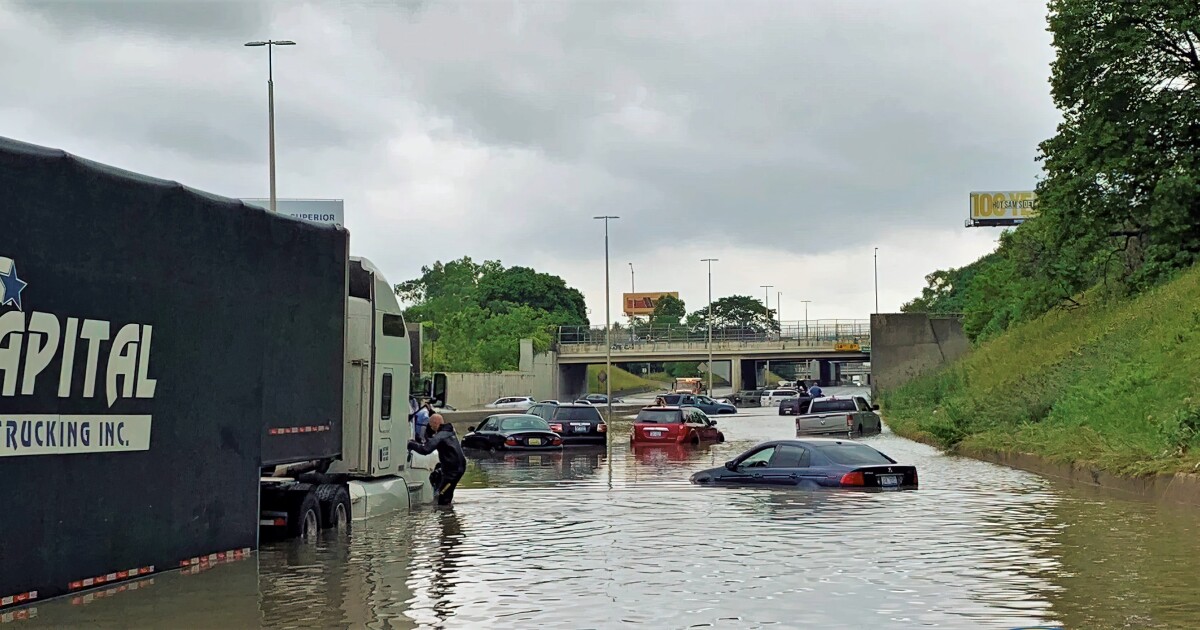As more green infrastructure projects are installed across the state, more workers are needed to maintain them. Friends of the Rouge, a Detroit-area nonprofit that manages the Rouge River Watershed, offers a short course on maintaining green infrastructure like rain gardens. The course is an opportunity for workers to expand their work skills and contribute to green projects in the metropolitan area.
Cyndi Ross, restoration manager for Friends of the Rouge, said more green projects in the city mean more trained workers are needed.
“There is demand and demand is growing,” he said. The labor market is not new, but more and more municipalities are investing in green infrastructure. That creates jobs for disadvantaged communities, according to a 2013 report by American Rivers and Green For All.
Similar programs are available in the Bronx, New Orleans and Maryland, among other places.
Green infrastructure is “managing stormwater with plants,” Ross said. It is similar to landscaping, but uses native plants instead of non-native decorative species.
Rain gardens and other green facilities are intentionally designed to trap and filter rainwater.
“Gardens are designed in a way that they take rainwater and store it, slow it down, absorb it and evaporate it into the atmosphere,” Ross said. “And so there are different challenges with that maintenance.” That requires special training beyond traditional gardening experience, Ross said.
Students will learn to identify erosion, distinguish between native plants and weeds, and control invasive species. Some graduates of the program go on to maintain green facilities in the Rouge watershed.
Those jobs are contract-only, but Friends of the Rouge is working with its municipal partners to secure more opportunities, Ross said.
Additional benefits of green infrastructure include long-term cost savings and reduced flood risk, according to the U.S. Environmental Protection Agency. That’s especially important in the Detroit area, Ross said.
Detroit uses a combined sewer system, an older design that drains wastewater and stormwater into a single system. Combined systems are not equipped to handle the heavy rainfall events that have become more common due to climate change.
The city has seen this firsthand in the form of basement backups and street flooding. Green infrastructure, when properly maintained, reduces the amount of stormwater that reaches drains and sewage systems during heavy rains.
The benefits aren’t just environmental. The program also aims to engage Detroit residents and provide them with pathways to higher wages, Ross said.
Stipends are available to cover class costs. The first round of the program begins July 9, but a second round will begin in August.
“We want to help improve the economic standards of people who may not have that college degree, don’t have the job they really love and maybe want to change careers or create a higher wage, a more livable wage,” he said.
“We really just hope to improve the community with the community.”
